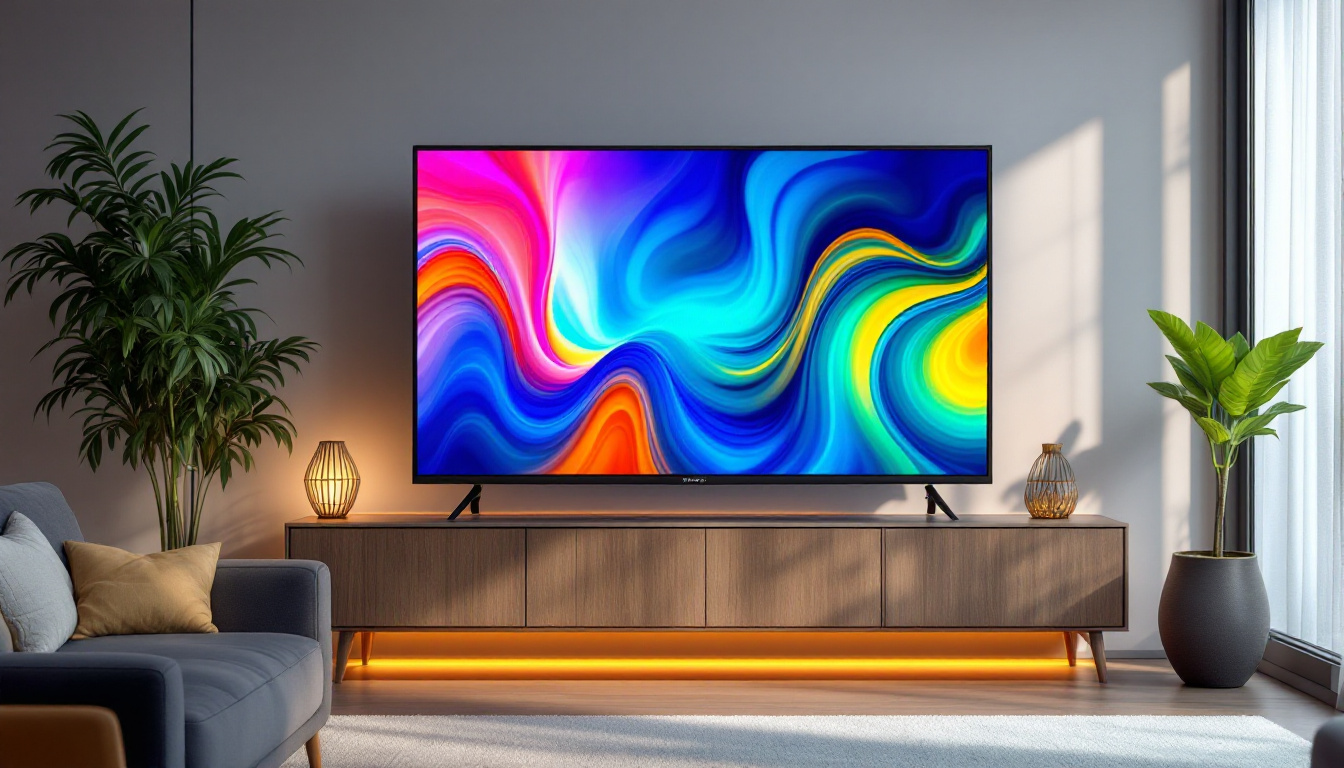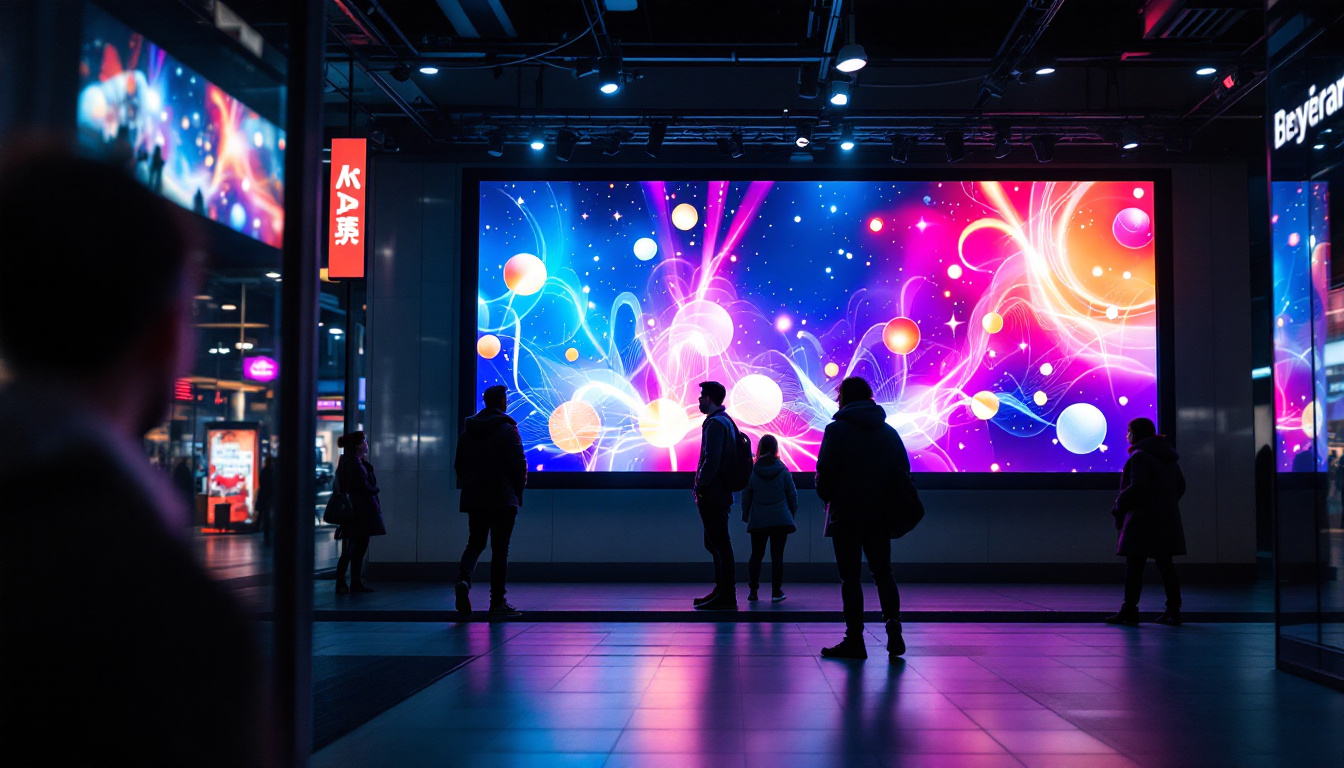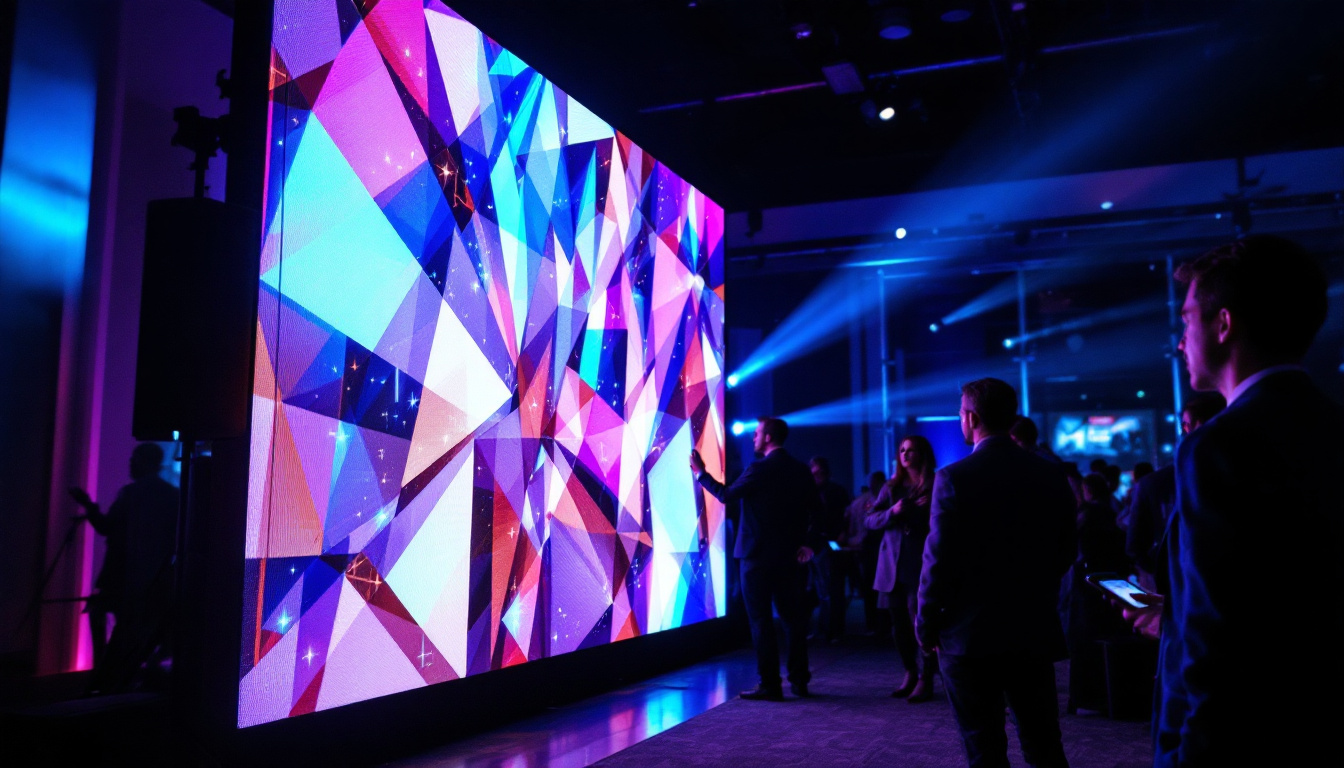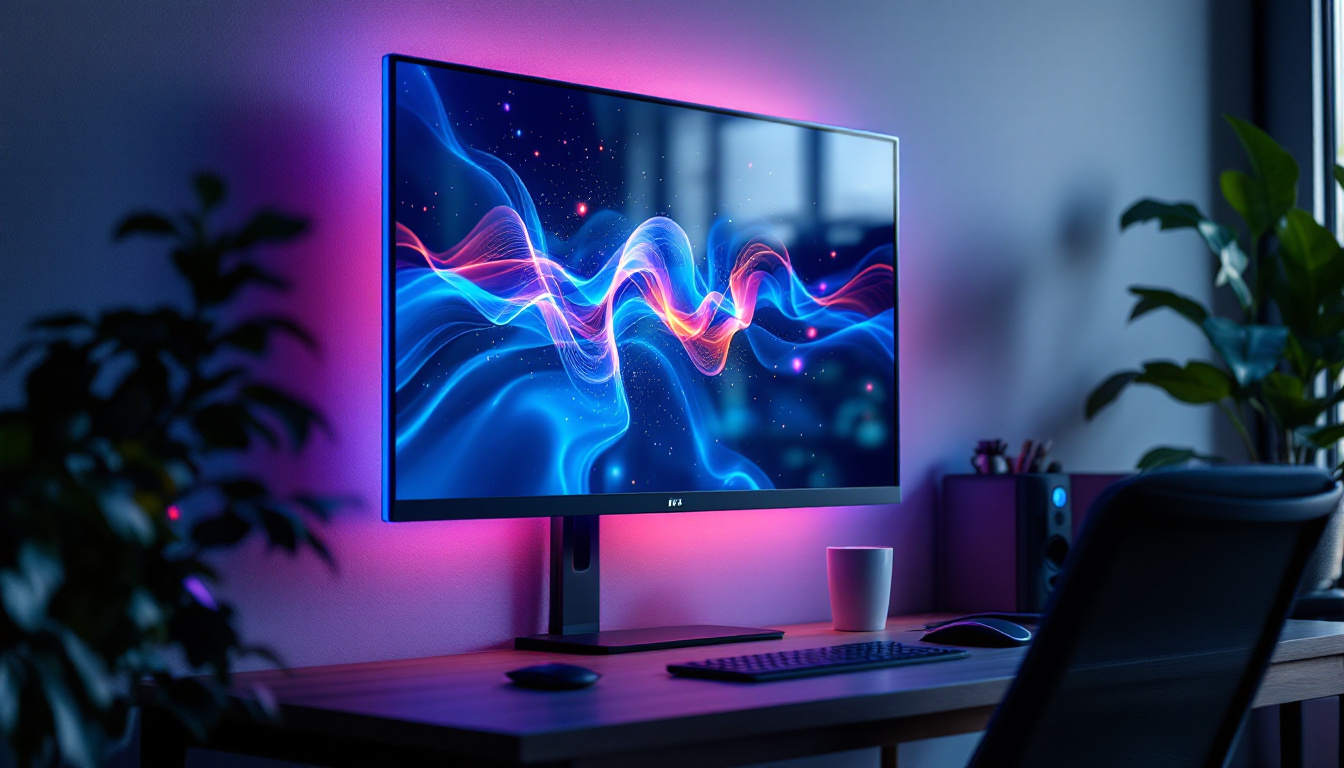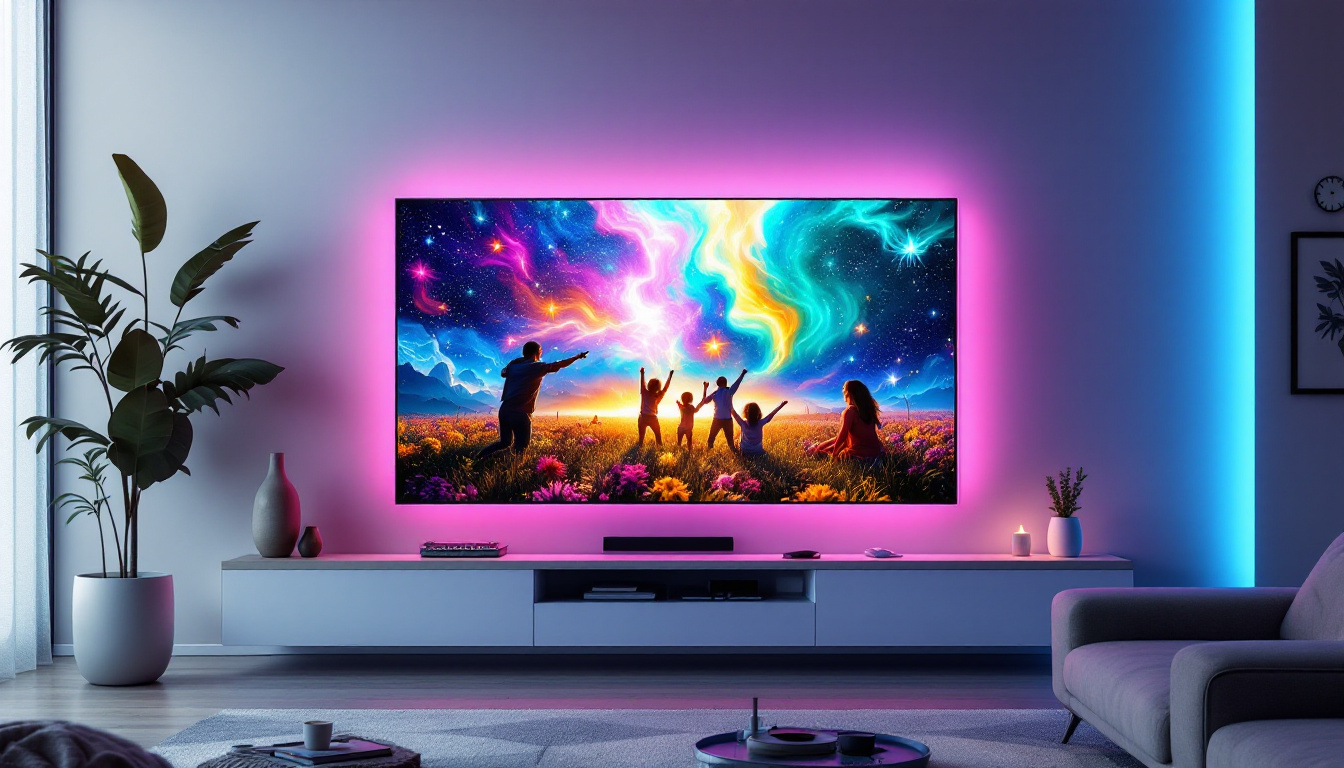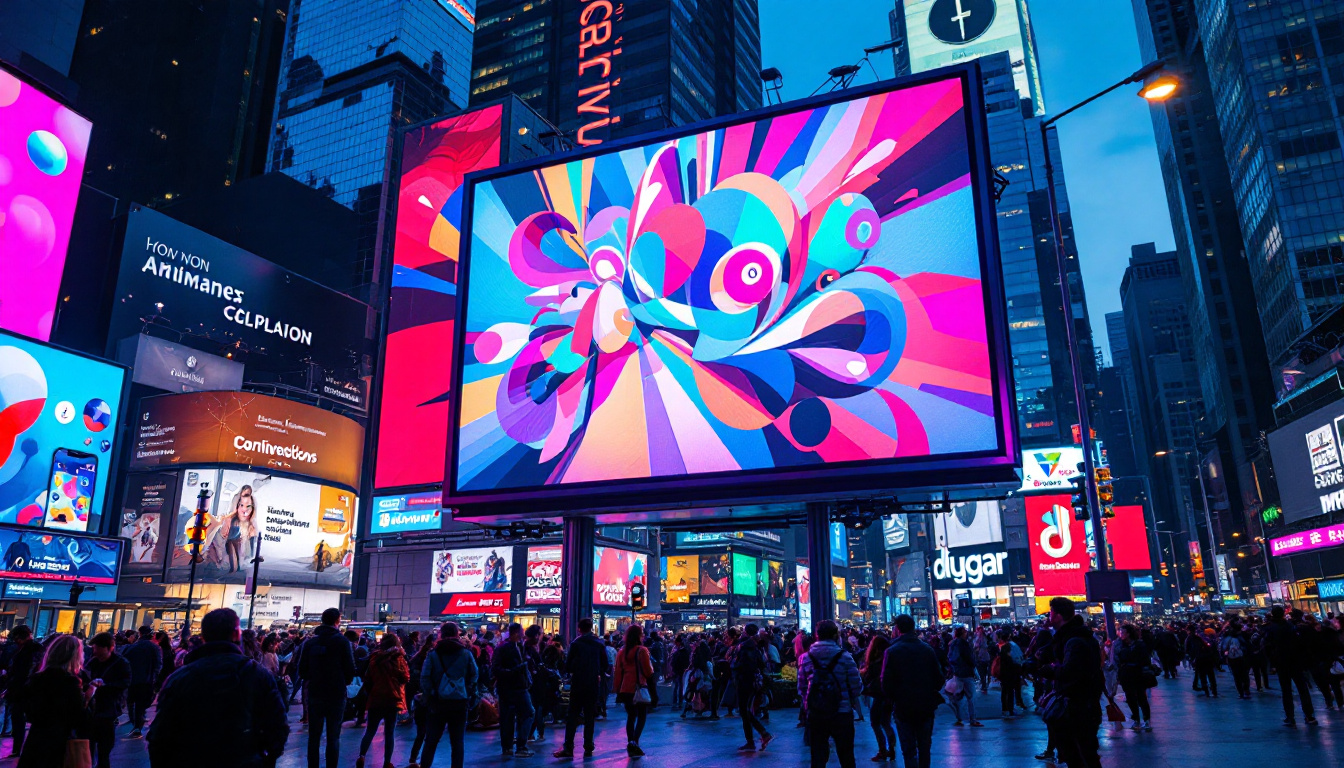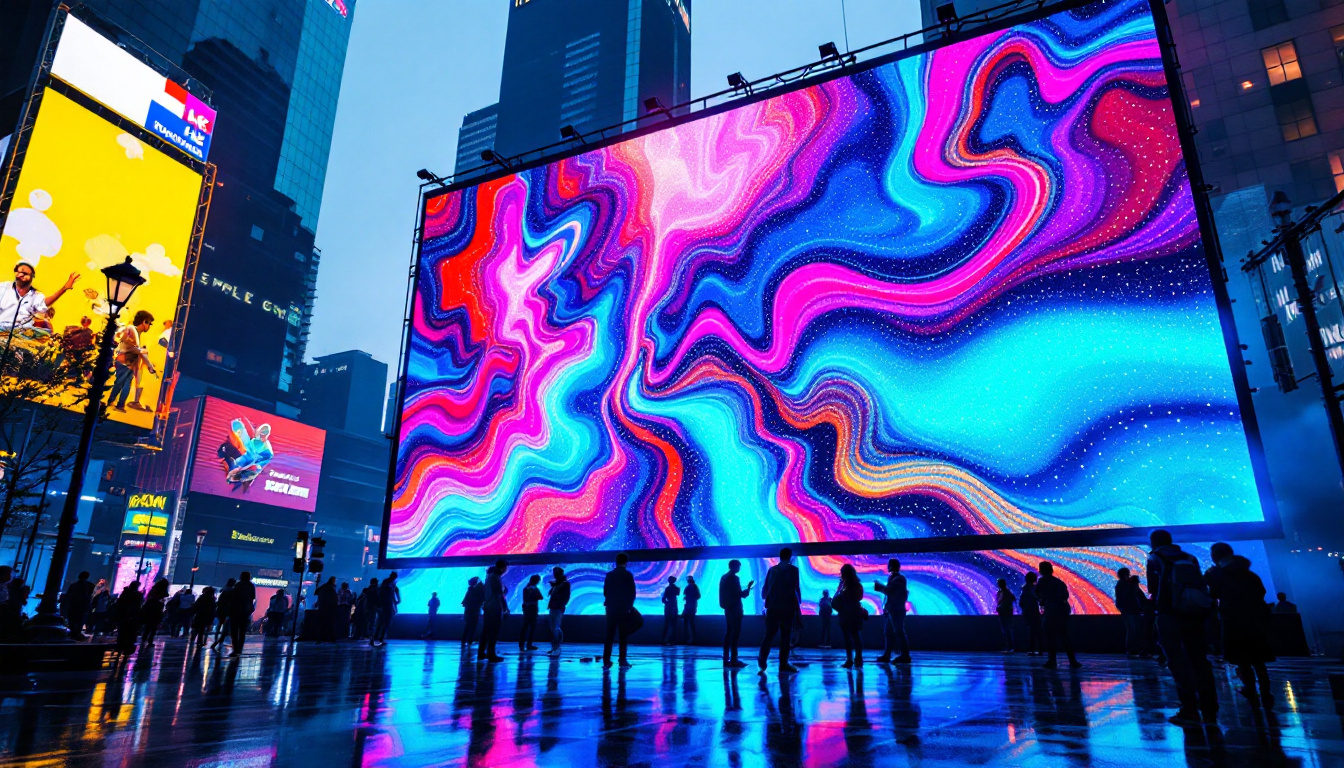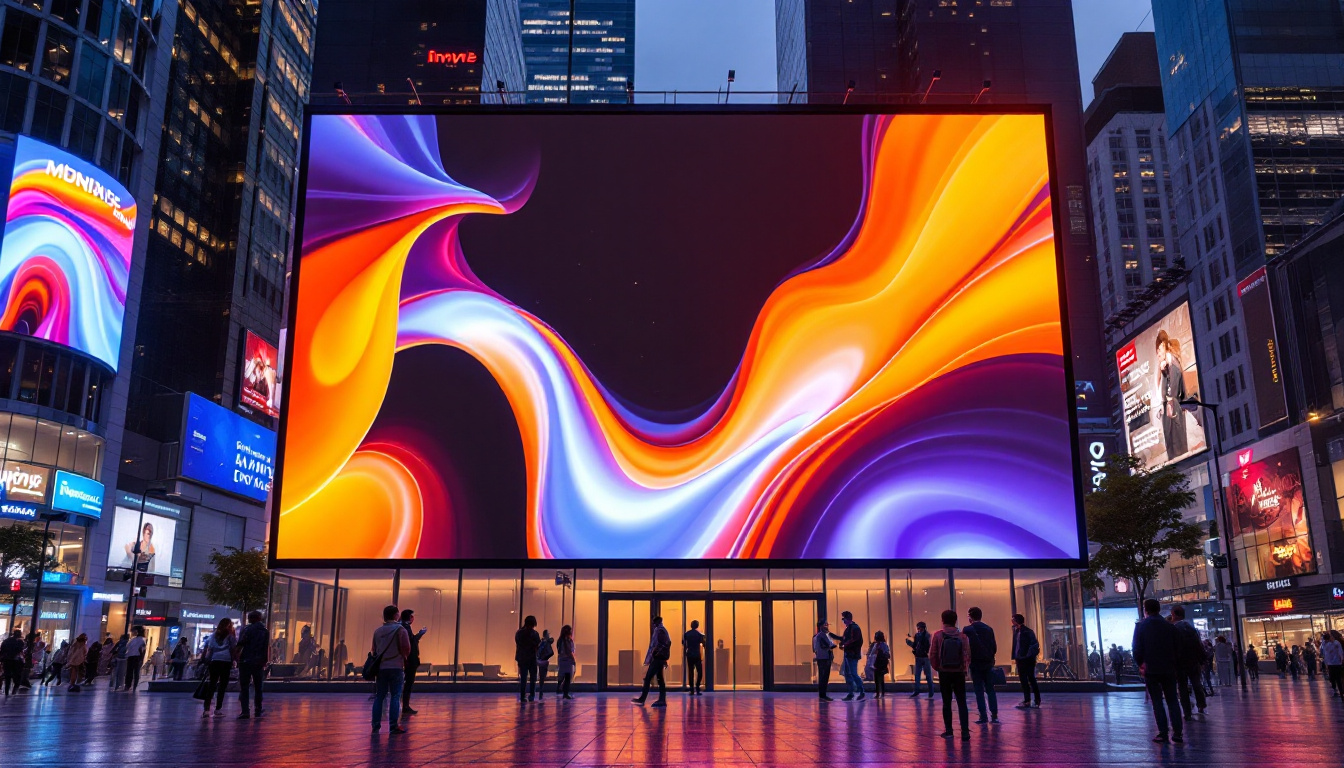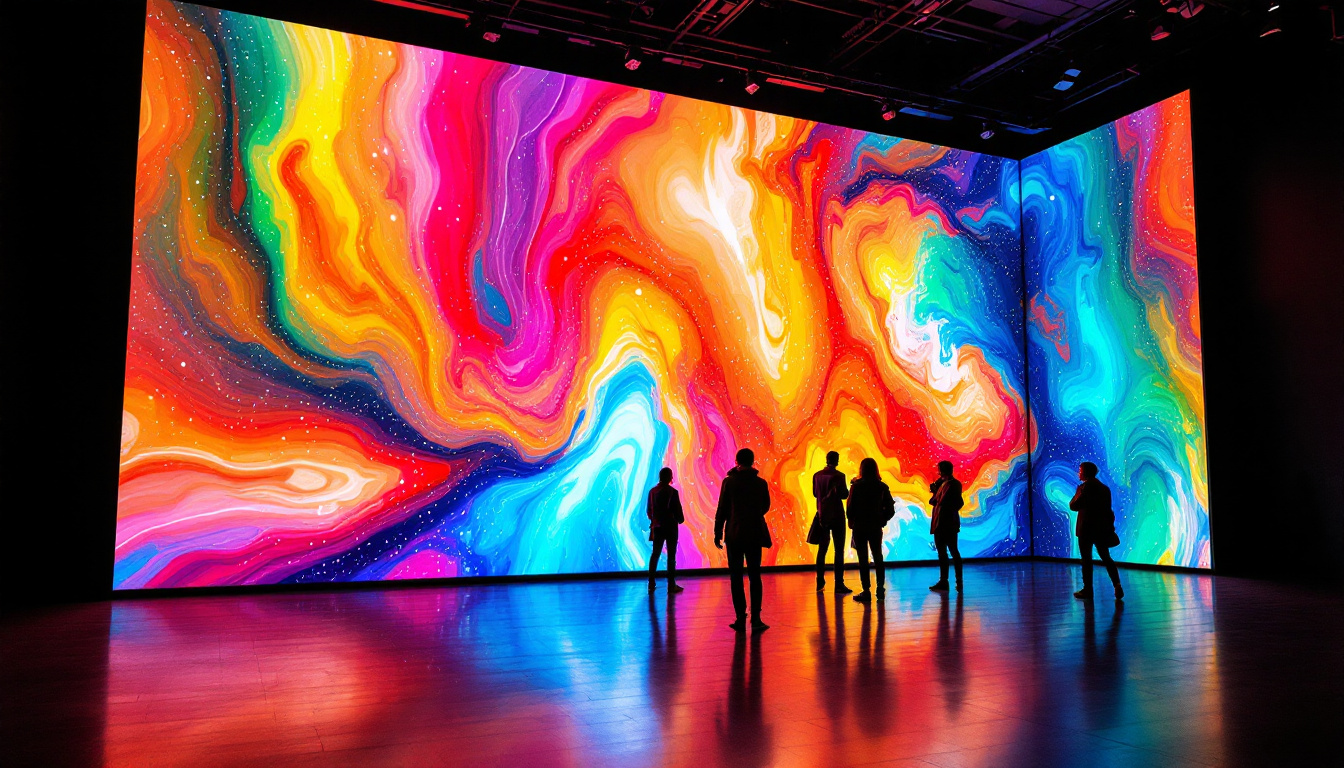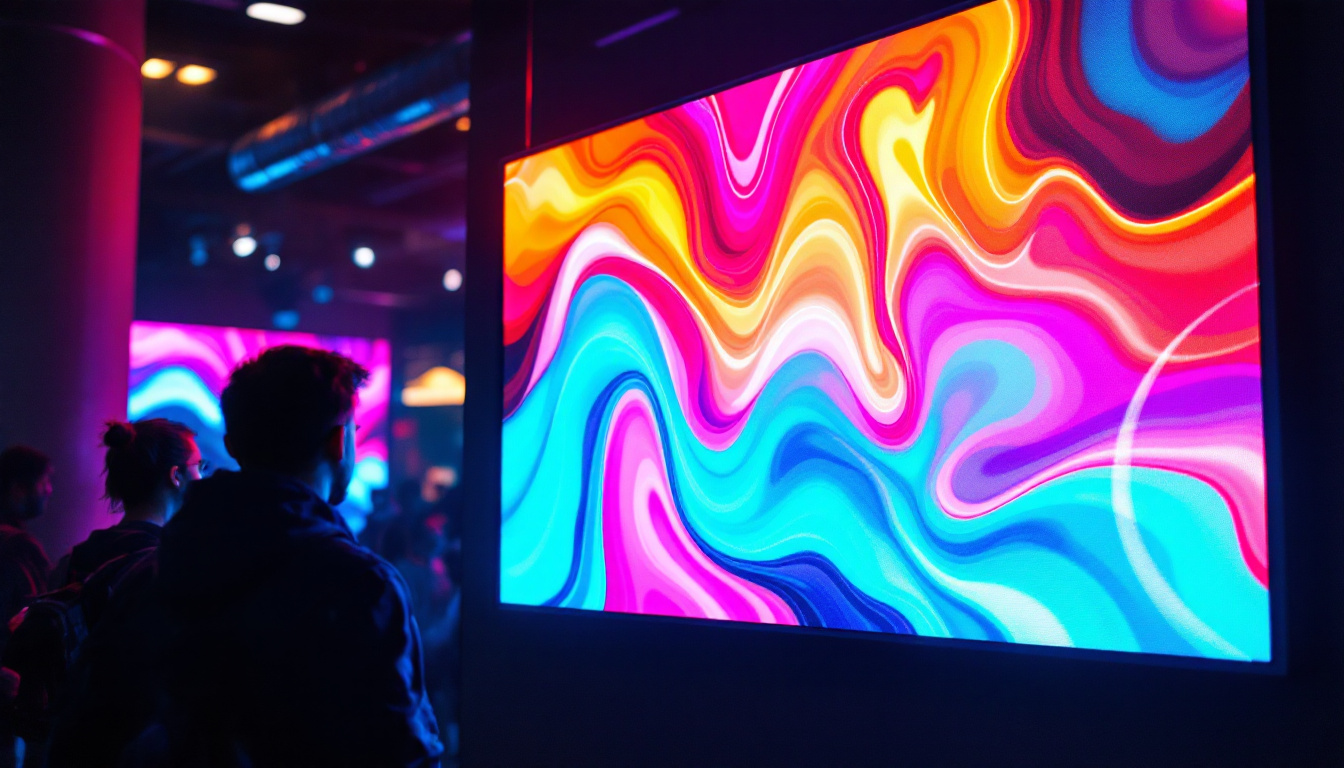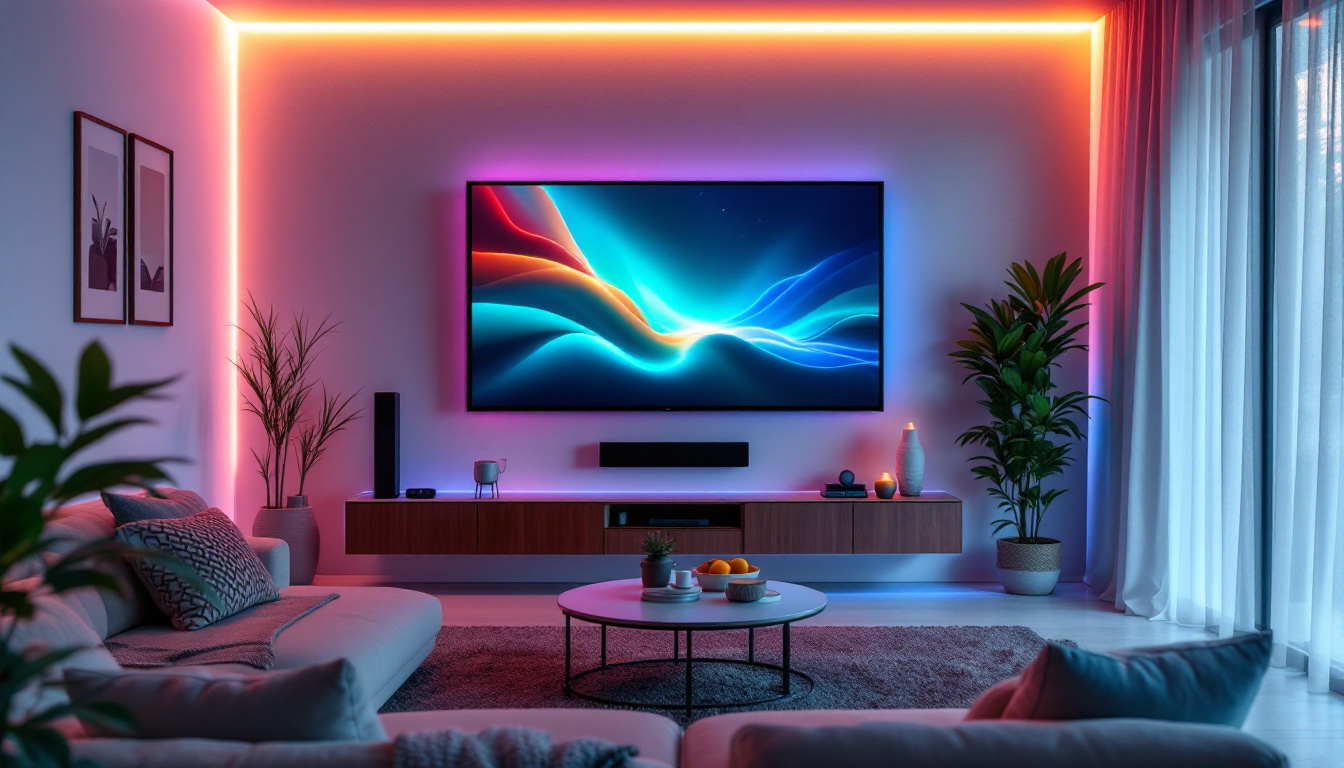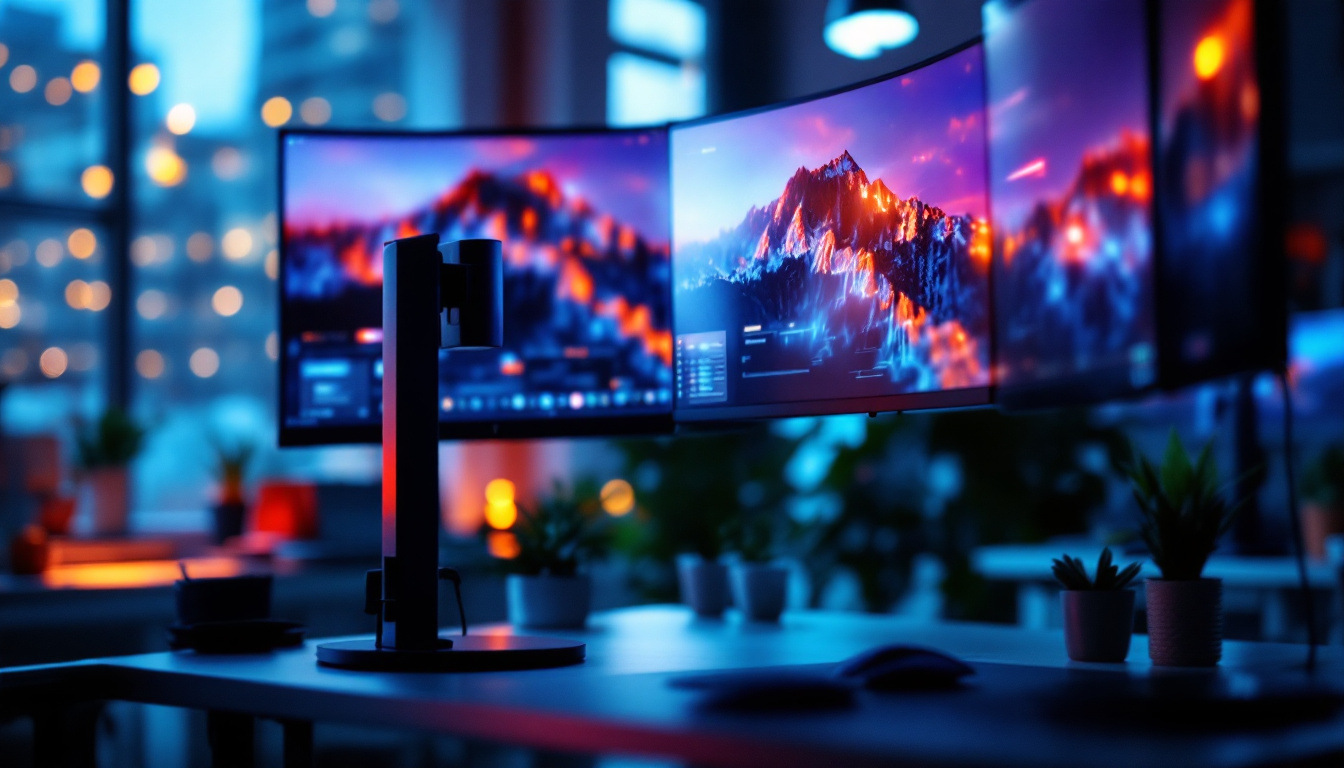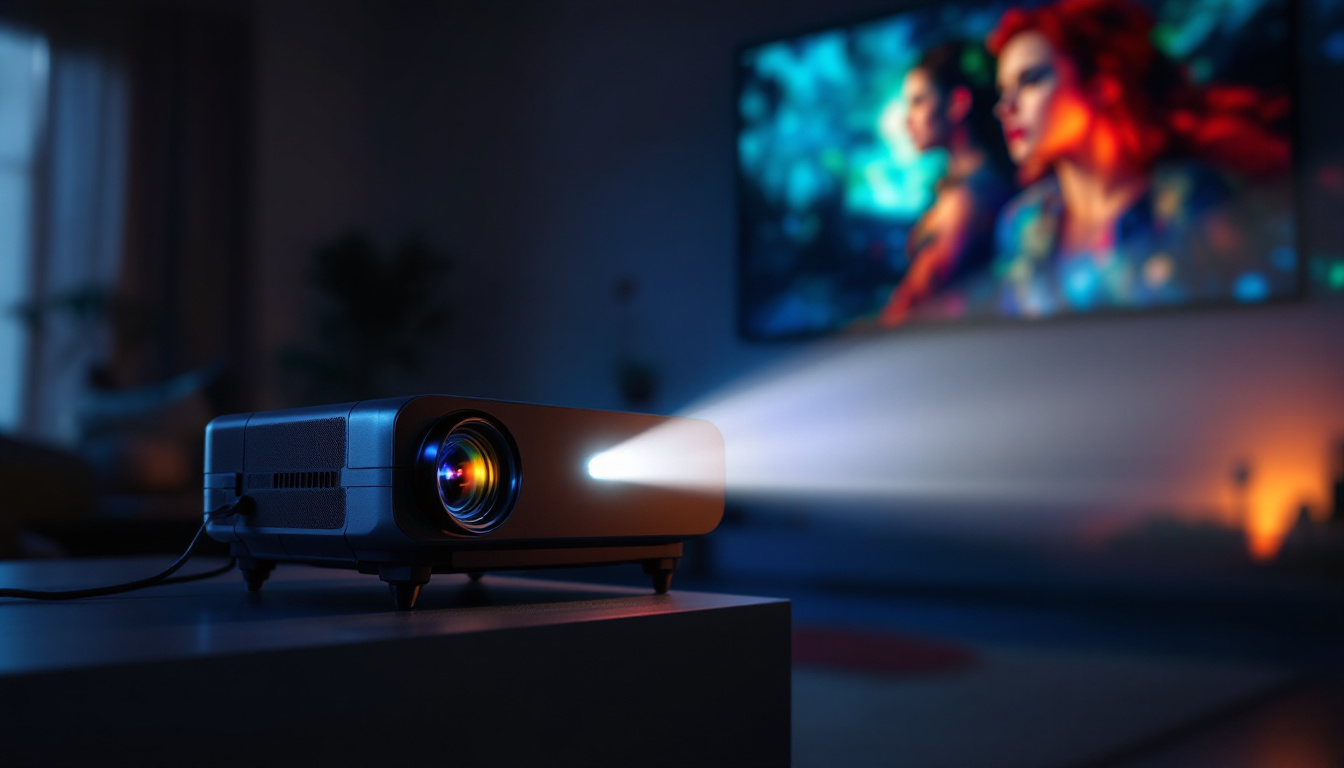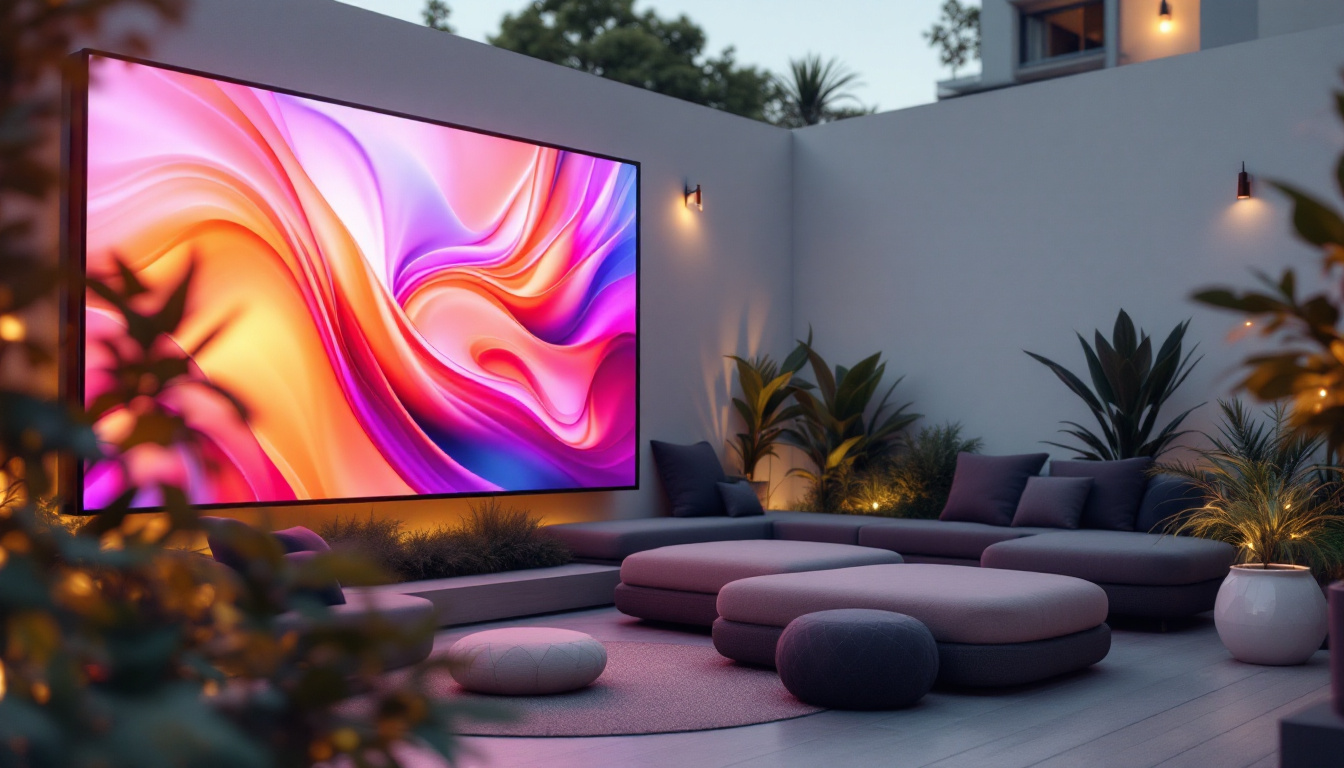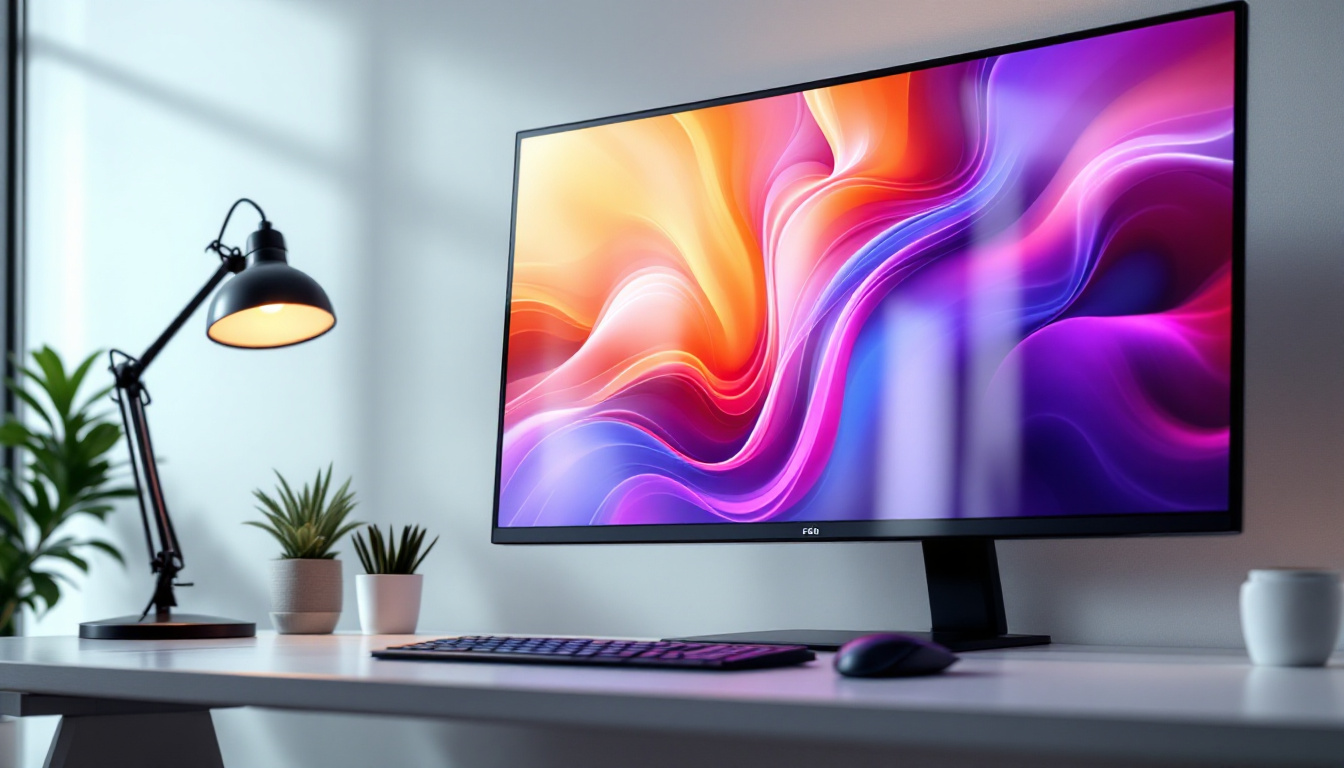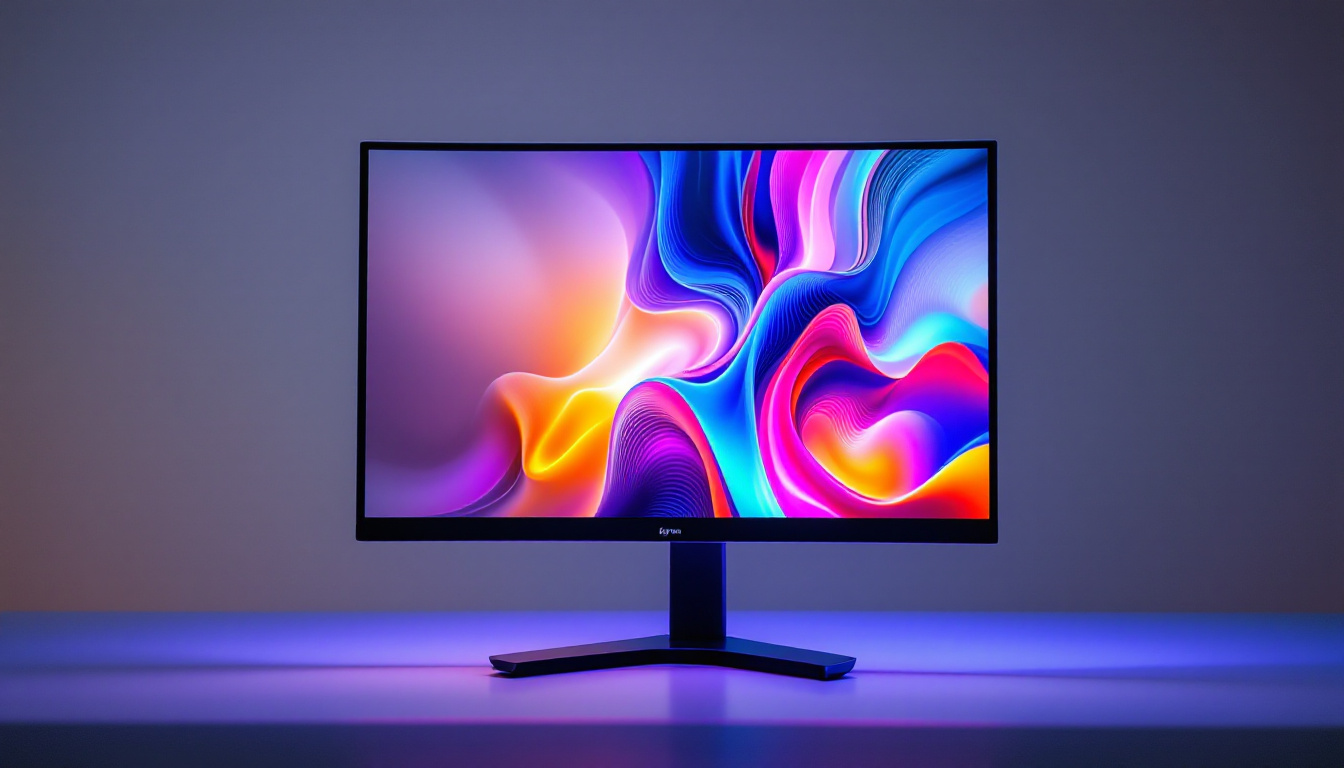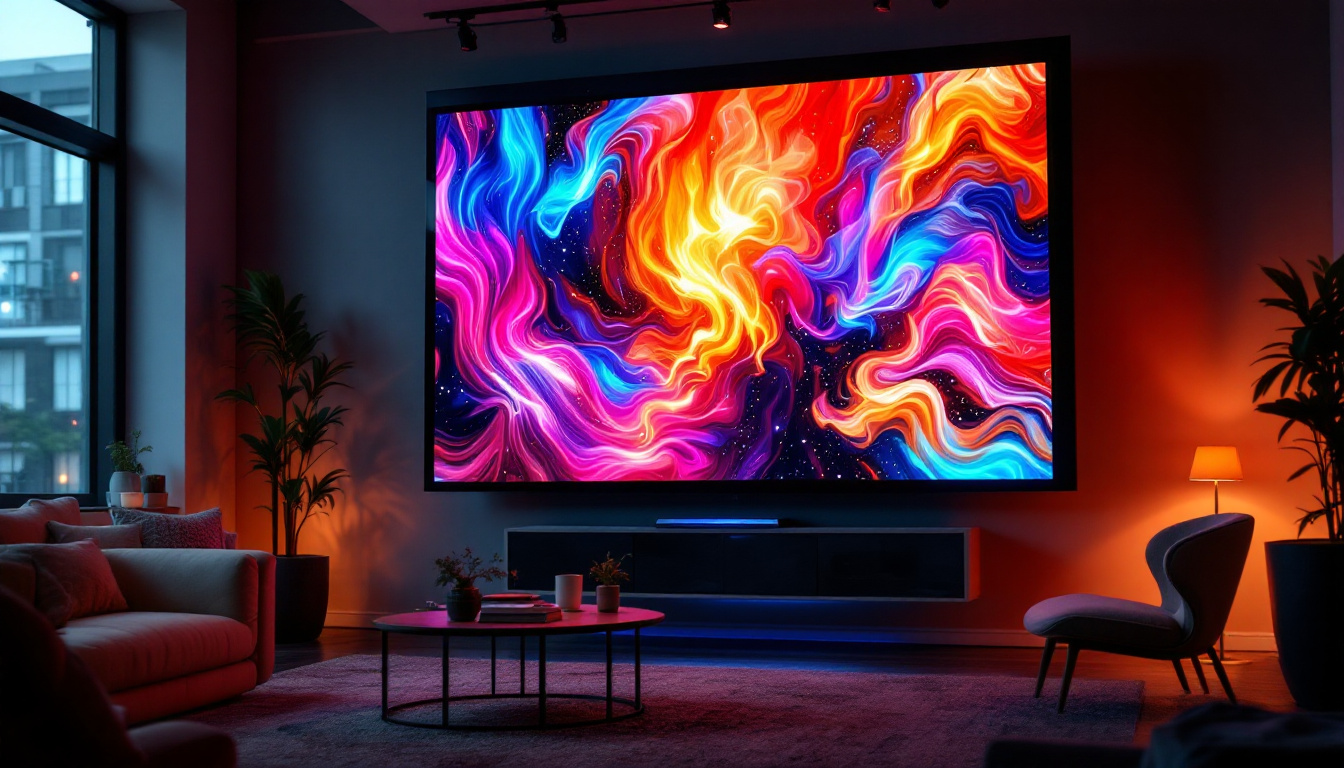In the realm of modern television technology, LED displays have emerged as a dominant force, captivating audiences with their vibrant colors, deep contrasts, and energy efficiency. Understanding how these panels work is essential for anyone looking to invest in a new television or simply wanting to appreciate the technology behind their favorite shows and movies. This article delves into the intricacies of LED displays, exploring their components, advantages, and the various types available in the market.
Understanding LED Technology
LED, or Light Emitting Diode, technology has revolutionized the way we view images on screens. Unlike traditional LCD screens that rely on fluorescent backlighting, LED displays utilize small diodes that emit light when an electric current passes through them. This fundamental difference not only enhances the display’s brightness but also contributes to its overall efficiency. The compact nature of LEDs allows for thinner screens and lighter designs, which have become increasingly popular in modern devices.
How LED Displays Work
At the core of an LED display are the individual diodes that form the pixels on the screen. Each pixel consists of red, green, and blue (RGB) sub-pixels that combine to produce a full spectrum of colors. When a specific combination of these colors is activated, the pixel emits light, creating the images we see. This process allows for more precise control over brightness and color accuracy compared to traditional displays. The technology behind LED displays also enables features like local dimming, where specific areas of the screen can be dimmed or brightened independently, further enhancing the overall picture quality.
Additionally, LED displays can be categorized into two main types: edge-lit and direct-lit. Edge-lit LED displays have LEDs positioned along the edges of the screen, allowing for a thinner profile. In contrast, direct-lit displays have a grid of LEDs behind the screen, offering better brightness uniformity and contrast ratios. The choice between these types often depends on the intended use; for instance, direct-lit displays are favored in professional settings where color accuracy is paramount, while edge-lit models might be preferred for their sleek design in consumer electronics.
Benefits of LED Displays
One of the most significant advantages of LED displays is their energy efficiency. Compared to older technologies, LED screens consume less power, making them an environmentally friendly choice. This efficiency not only reduces electricity bills but also contributes to a smaller carbon footprint. Moreover, the longevity of LED technology means that these displays have a longer lifespan, often lasting tens of thousands of hours before any noticeable degradation in picture quality occurs.
Furthermore, LED displays are known for their superior color reproduction and contrast ratios. The ability to produce deeper blacks and brighter whites enhances the viewing experience, particularly in dark scenes or bright environments. This characteristic makes LED displays ideal for watching movies, playing video games, or even enjoying everyday television programming. In addition, advancements in LED technology have led to the development of high dynamic range (HDR) displays, which further elevate the visual experience by providing a wider range of colors and luminosity, making images more lifelike and immersive.
Types of LED Displays
As technology has advanced, various types of LED displays have emerged, each catering to different needs and preferences. Understanding these types can help consumers make informed decisions when purchasing a new television.
Standard LED
Standard LED displays are the most common type found in households today. They utilize LED backlighting to illuminate the LCD panel, providing vibrant colors and sharp images. These displays are widely available and come in various sizes, making them suitable for a range of viewing environments. Additionally, many standard LED TVs now incorporate smart technology, allowing users to access streaming services, browse the internet, and connect with other smart devices seamlessly. This integration of smart features has made standard LED displays not just a source of entertainment but also a hub for digital connectivity.
OLED vs. QLED
While standard LED displays are popular, two other technologies have gained traction in recent years: OLED (Organic Light Emitting Diode) and QLED (Quantum Dot LED). Each has its unique advantages and drawbacks.
OLED displays are known for their exceptional color accuracy and contrast ratios. Since each pixel emits its light, OLED screens can achieve true blacks, resulting in stunning visuals. This characteristic makes OLED particularly appealing for movie enthusiasts and gamers who prioritize immersive experiences. However, they can be more expensive and may suffer from burn-in issues if static images are displayed for extended periods. Manufacturers have been working on solutions to mitigate burn-in, such as screen savers and pixel-shifting technologies, which can help prolong the lifespan of these displays.
On the other hand, QLED displays utilize quantum dot technology to enhance color and brightness. They offer impressive brightness levels and are less prone to burn-in compared to OLEDs. This makes QLED a solid choice for bright rooms or environments where ambient light can wash out picture quality. However, they may not achieve the same level of black depth as OLED displays, which can affect overall contrast. Furthermore, QLED technology continues to evolve, with advancements in color accuracy and energy efficiency, making them a competitive option in the premium display market.
Choosing the Right LED Display
With various options available, selecting the right LED display can be a daunting task. Several factors should be considered to ensure the chosen television meets the viewer’s needs.
Screen Size and Resolution
Screen size is one of the first considerations when purchasing a new TV. The ideal size depends on the viewing distance and the room’s layout. Generally, larger screens provide a more immersive experience, especially for movies and gaming. Additionally, resolution plays a crucial role in image quality. Options range from Full HD (1080p) to 4K (2160p) and even 8K, with higher resolutions offering greater detail and clarity. It’s important to note that while larger screens can enhance the viewing experience, they may also require more space and careful placement to avoid overwhelming the room’s aesthetics. Moreover, the viewing angle can affect perceived image quality, so it’s wise to consider the layout of seating arrangements in relation to the screen.
Smart Features
In today’s digital age, smart features have become increasingly important. Many LED displays come equipped with built-in streaming services, voice control, and compatibility with smart home devices. Evaluating the available smart features can significantly enhance the viewing experience and provide access to a wider range of content. For instance, some models offer personalized recommendations based on viewing habits, while others allow seamless integration with platforms like Netflix, Hulu, or Disney+. Furthermore, the ability to control the TV with voice commands can simplify navigation and enhance accessibility, making it easier for everyone in the household to enjoy their favorite shows and movies without the hassle of traditional remote controls. Additionally, consider the frequency of software updates and the overall user interface, as these factors can greatly influence the longevity and usability of the smart features over time.
Installation and Maintenance
Once the ideal LED display has been chosen, proper installation and maintenance are crucial for optimal performance. Understanding how to set up the television and care for it can prolong its lifespan and ensure a high-quality viewing experience.
Installation Tips
When installing an LED display, consider the room’s lighting conditions. Placing the TV away from direct sunlight can reduce glare and improve visibility. Additionally, mounting the television at eye level can enhance comfort during viewing. For those opting for wall mounts, ensure the bracket is securely installed to prevent accidents.
Maintenance Guidelines
Maintaining an LED display involves regular cleaning and software updates. Dust and fingerprints can accumulate on the screen, affecting picture quality. Using a soft microfiber cloth and a gentle cleaning solution can help keep the display pristine. Furthermore, keeping the television’s software up to date ensures access to the latest features and security enhancements.
Future of LED Technology
The landscape of LED technology continues to evolve, with innovations on the horizon that promise to enhance the viewing experience further. As manufacturers strive to improve color accuracy, energy efficiency, and overall performance, consumers can expect exciting developments in the coming years.
MicroLED Technology
One of the most promising advancements is MicroLED technology. This new display type utilizes microscopic LEDs to create individual pixels, offering unparalleled brightness, color accuracy, and contrast. MicroLED displays can achieve true blacks and vibrant colors without the risk of burn-in associated with OLED screens. While still in its infancy, MicroLED technology has the potential to revolutionize the television industry.
Enhanced Smart Features
As smart home technology continues to grow, LED displays are likely to incorporate even more advanced features. Integration with artificial intelligence, improved voice control, and enhanced connectivity with other smart devices are just a few possibilities. These advancements will not only improve user experience but also create a more interconnected home entertainment ecosystem.
Conclusion
LED displays have transformed the way we experience visual media, offering vibrant colors, energy efficiency, and a range of options to suit various preferences. understanding the technology behind these displays, their benefits, and the different types available can empower consumers to make informed decisions when purchasing a new television.
As technology continues to advance, the future of LED displays looks promising, with innovations like MicroLED on the horizon. By staying informed and considering key factors such as screen size, resolution, and smart features, viewers can ensure they select the perfect LED display for their home entertainment needs.
In a world where visual quality is paramount, investing in a high-quality LED display is not just a choice; it’s a commitment to an enhanced viewing experience that can elevate everyday entertainment to new heights.
Discover LumenMatrix LED Display Solutions
Ready to elevate your viewing experience with the latest in LED display technology? Look no further than LumenMatrix, a pioneer in crafting visually stunning and innovative LED solutions tailored to your needs. From immersive Indoor LED Wall Displays to dynamic Outdoor LED Wall Displays, and from versatile Vehicle LED Displays to sleek LED Poster Displays, LumenMatrix offers a comprehensive range of products designed to captivate and engage. Whether you’re enhancing a sports arena with an LED Sports Display, adding movement with a Floor LED Display, or seeking a Custom LED Display solution, LumenMatrix is your partner in revolutionizing visual communication. Check out LumenMatrix LED Display Solutions today and transform how you share your message with the world.

